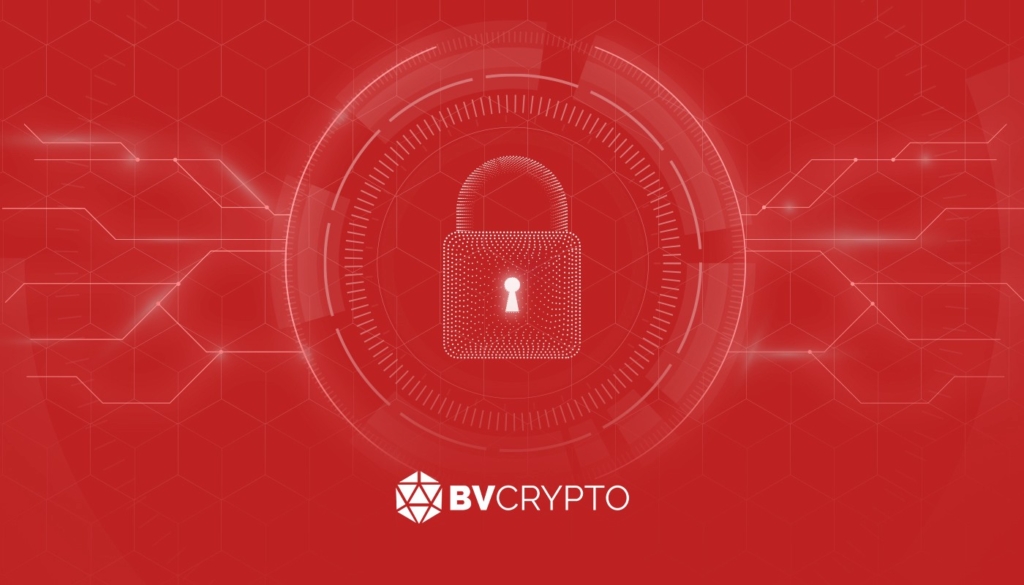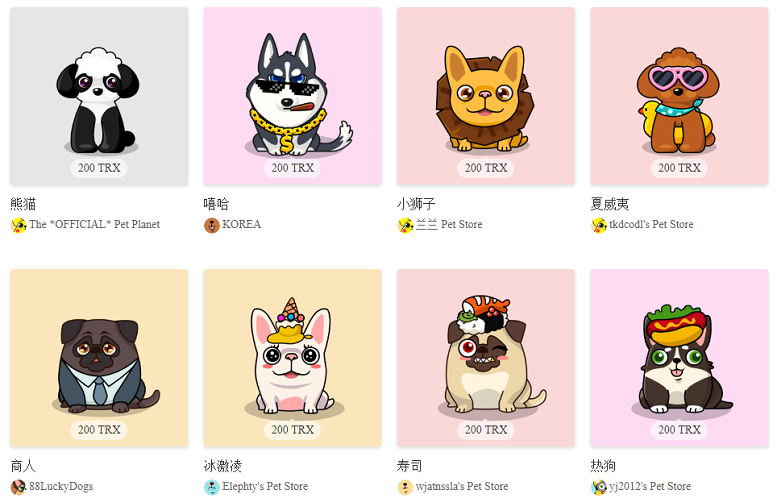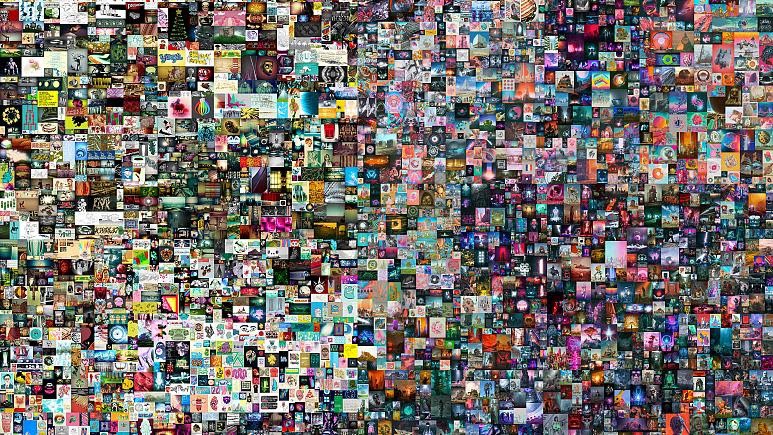
Could NFT’s Disappear?
The NFTs below are from a series called Tron Dogs. Many people who are even little interested in the NFT are familiar with artworks of this type. The NFT collection below is no longer available since the software team stopped developing the project. Not only Tron Dogs, but also NiftyMoji artworks are among the NFTs that are no longer available due to their software developers.

So how could the NFTs, which have been created on the blockchain network technology with a high level of security and identified with digital assets with their unchangeable features, become inaccessible? In this article, you will find some more details about the working principles of the NFTs and information about how NFTs can be stored securely.
The vanishing of the NFTs is not due to hacking of the blockchain network (usually Ethereum) or being inaccessible at times. As known, NFTs are tokens, i.e. cryptocurrencies. Like Bitcoin, Ethereum, or other altcoins, they are traded on blockchain networks. So, how could it be possible that the BTC and ETH cryptocurrencies cannot be matched with any artwork, but the NFTs can be matched?
The answer to this question is hidden in the smart contracts to which the NFTs are connected in accordance with the ERC-721 or ERC-1155 standards. Smart contracts have token details about the NFTs and as it is known, these features cannot be changed later. However, the blocks in the blockchain networks have a certain capacity. Storing the digital artwork that is desired to be matched with the NFT on the blockchain network can cause serious costs.

For example, Beeple’s “The First 5000 Days”, which was sold for 69 million USD is 300 MB in size. If this artwork is to be stored on the Ethereum blockchain, it will cost about 5 million USD. Since it is not known that the artwork will be sold for 69 million USD at the time of its creation, nobody wants to bear such a cost. Therefore, artworks to which the NFTs are matched are usually stored outside of the blockchain network.
The presence of the artwork outside the blockchain network causes a lower level of security. The NFTs, which are sold in markets such as Opensea and Rarible, are usually stored in central platforms connected to the URL addresses. If the central platforms hosting the NFTs stop providing service, the token will be securely in your wallet as it is on the blockchain; however, you may no longer access the artwork represented by the NFT. The NFTs that do not represent any artwork may become worthless. This scenario had taken place for the example of Tron Dogs mentioned at the beginning of the article.
URL and IPFS System
As seen in the following example, you can see the URL addresses in the address bar of your web browsers or in the address bar of any file explorer on your computer.
- /Users/Alice/Documents/term_paper.doc
URL addresses use location-based address methods. However, since these addresses can be changed, it is not safe to store the NFTs on URL addresses. As the URL address will change or become inaccessible in case the site stops providing service or the location of the digital artwork is changed within the site, the artwork matching the NFT may be lost.
The IPFS system is a decentralized data storage system. The difference from the URL system is that it provides content-based address information, not location-based address information.
Let’s examine the differences between the IPFS and URL through a simple library example:
A person who goes to the library to search for a particular book can find the location of the book in two ways.
- Location (URL)
The book can be searched using the floor, section, and shelf information. However, if the location of the book is changed by someone else, it will be very difficult to find the book. - Content (IPFS)
If the book is searched by using the category and its alphabetical order, even if the location of the book is changed, it will be found because the category will be the same.
In the IPFS system, each content (image, gif, music file, etc.) has its own hash code. The content stamped with a hash code becomes unique. In other words, digital artwork gains a kind of identity. (Hash codes are also used for stamping blocks in the blockchain network. Thus, the cryptocurrencies, such as Bitcoin, cannot be forged.) With the identification of the contents, the value of the token is secured by protecting the artwork represented by the NFT.
For example, the hash code of the Beeple’s artwork with a value of 69 million USD is as follows: QmXkxpwAHCtDXbbZHUwqtFucG1RMS6T87vi1CdvadfL7qA
The IPFS address of the same artwork is as follows:
ipfs://ipfs/QmPAg1mjxcEQPPtqsLoEcauVedaeMH81WXDPvPx3VC5zUz
The IPFS is a decentralized network and facilitates the storage of content on numerous nodes on the network. Thus, blocking and censorship of access to content are also prevented.
For example, access to Wikipedia can be blocked through the URL address. A URL address on Wikipedia is as follows:
- https://en.wikipedia.org/wiki/Aardvark
- The same address on the IPFS is as follows:
/ipfs/QmXoypizjW3WknFiJnKLwHCnL72vedxjQkDDP1mXWo6uco/wiki/Aardvark.html
The contents of the corresponding Wikipedia link can be stored on one or multiple nodes on the IPFS. If a Wikipedia address is to be blocked, thousands of Wikipedia content for each node have to be blocked separately. Thus, the IPFS system is resistant to censorship.
Pinning Content
During the creation or after the purchase of the NFT, even the storage of the represented digital artwork on the IPFS may not be sufficient for security. Because you can use your own processor as a node to store the artwork, or you can rent a space on another node to store your artwork. However, as soon as the connection between the node and the network is interrupted, you may not be able to access your artwork. Therefore, it is important to first upload the artwork to the IPFS network and then make it permanent by pinning it. The pinning process allows the artwork to be stored directly on your computer or stored on the network permanently, making it permanently accessible and preventing it from being deleted.
In the end, the NFTs are secure as tokens. As long as you keep it in your own blockchain wallet, you are in full control of the token. However, as mentioned above, protecting the contents of the NFTs with non-blockchain systems is indispensable for the NFTs whose value is completely dependent on the artwork it represents. The issue of where the content will be stored, which is the subject of this article, has also brought about the discussions about who will store it. The common opinion is that after selling the NFT, the buyer, not the creator, is responsible for the whole process related to the related NFT. The real-life artwork sales underlie the basis of this view. The person who buys a painting has to do all the maintenance of the painting. Otherwise, the artwork may be damaged and become worthless. Therefore, it is argued that the responsibility of the creator should end after selling the NFT.
In the future, it is planned to add a new parameter for the NFTs offered for sale, to indicate how long the creator is responsible for the artwork after the sale. Otherwise, the number of people who have the NFTs linked to inaccessible URL links may increase in the coming years.
The people who are interested in creating or trading NFTs are recommended to backup digital artworks with IPFS or similar storage methods so that their NFT investments are not lost. The links below describe sample methods of how to store the artworks, both during the creation stage and after the purchase.
(The use of the IPFS and similar systems are described in detail in the following links. BV Crypto does not encourage the use of platforms recommended on these links. It is completely up to the reader to choose the storage platform.)
You can search whether the content of the NFTs is safe or not using this website.
- https://medium.com/pinata/ipfs-nfts-and-persistent-artwork-50a129587a36
Article on creating and pinning NFTs on the IPFS - https://medium.com/aleph-im/an-nft-backup-dapp-to-protect-your-nfts-66fb3b094152
Article on the storage of the NFTs directly via a URL link - https://twitter.com/neitherconfirm/status/1369285946198396928
The tweets of this user, who replaced NFTs on Opensea with carpet images, can also be used as an alternative example showing the weakness of the URL method.
Written By: Berkay Aybey
The opinions and comments expressed here belong to BV Crypto. BV Crypto cannot be held responsible for any financial transactions made on the basis of this post. Every investment and trading move involves risk. When making your decision, you should do your own research.